Cheatgrass
Information
Bromus tectorum - Poaceae Family
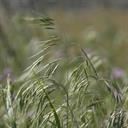
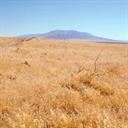
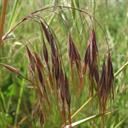
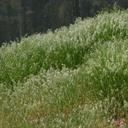
Identification
- Flowers: Flower heads, which include many small flowers arranged in spikelets, emerge from inside the stem and gradually grow taller. Flowers appear light green to yellow and may be covered in small, fine hairs.
- Seeds: The fruit is a tiny grain, hidden within tiny bracts and grouped into small clusters that hang on the end of branches along a drooping seed head.
- Leaves: The leaf sheaths and blades are covered with soft short hairs. The leaves are 0.08-0.16 inches wide and up to 8 inches long.
- Flowering Time: Flowering occurs from May to June.
- Life cycle: Cheatgrass is a winter annual that reproduces by seed. Germination occurs in fall through winter to early spring, depending on the climate and rainfall.
Impacts
- Cheatgrass presence increases the chances of ignition, rate of spread and expanding the season of wildfires, reducing the interval between re-occurring fires.
- Spreading extremely quickly, it rapidly outcompetes most native plant species and forms dense monocultures virtually anywhere it colonizes.
- Cheatgrass seeds can cause injury to the ears, eyes and mouths of pets such as dogs and horses as well as to humans.
Control
Most effective control methods
- Mechanical control is considered too costly and ineffective to be a viable control method.
- There are currently no biocontrol agents approved to combat Cheatgrass in the US.
- The most effective method currently available to control Cheatgrass is through the use of nonselective herbicides such as glyphosate. These herbicides will kill any plant they contact, so caution is critical to the health of the ecosystem.
Large Images
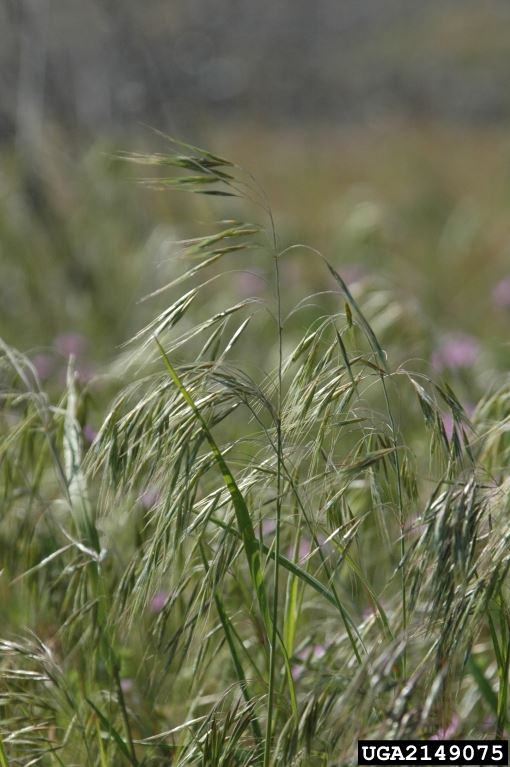
Cheatgrass
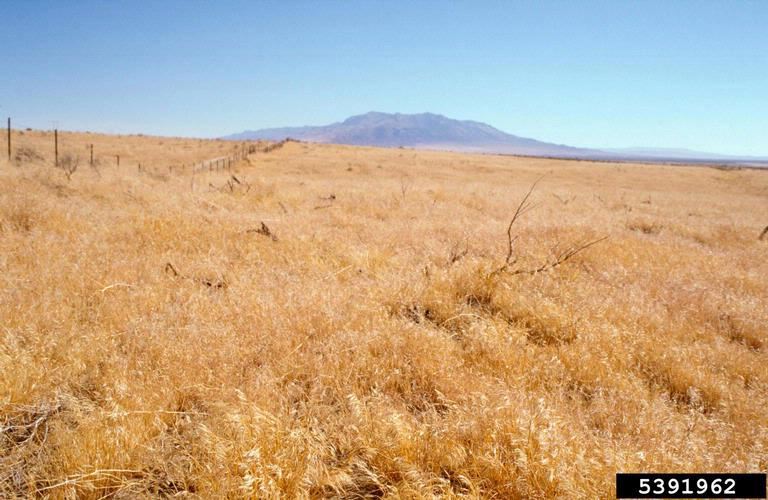
Cheatgrass: infestation

Cheatgrass: going to seed
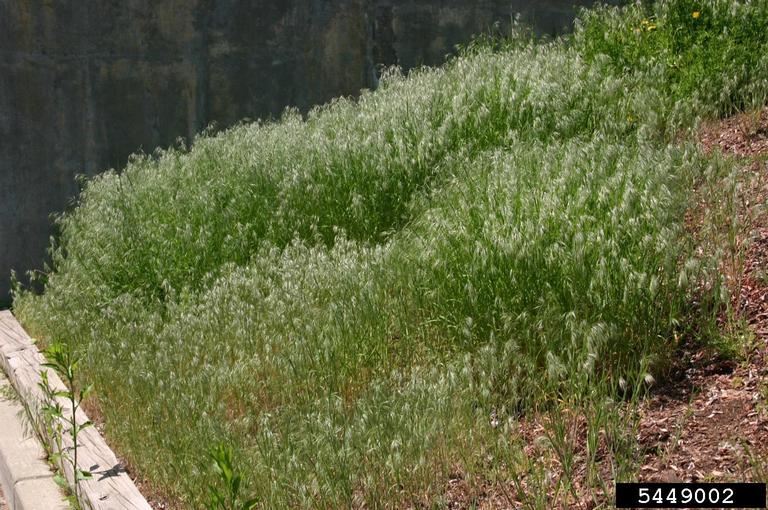
Cheatgrass: infestation
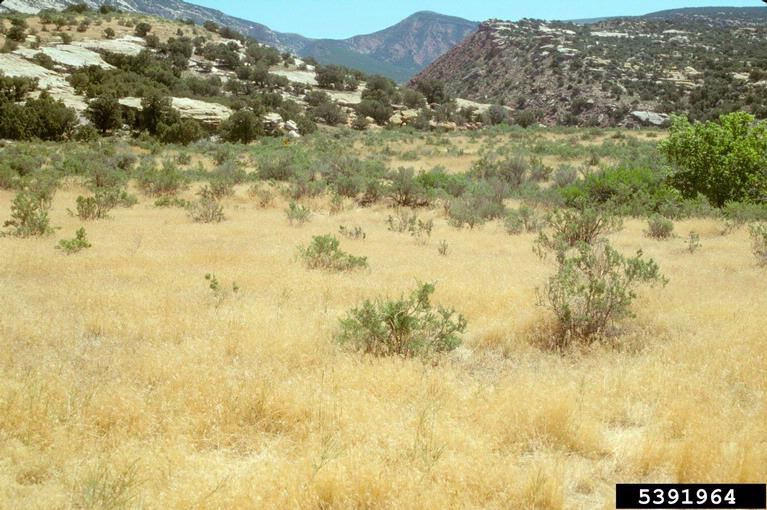
Cheatgrass: infestation
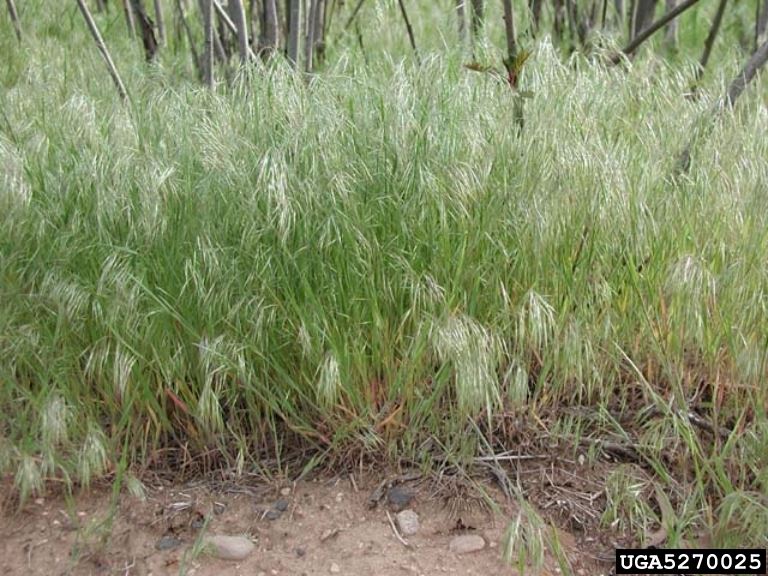
Cheatgrass: infestation
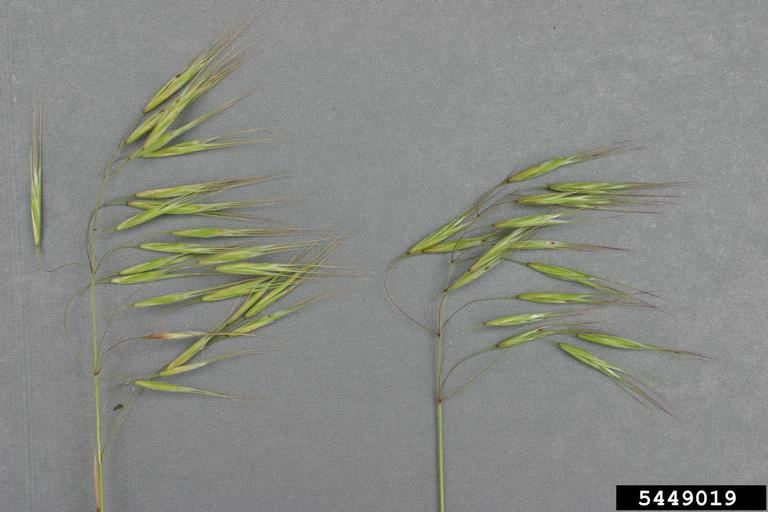
Close-up of cheatgrass inflorescence
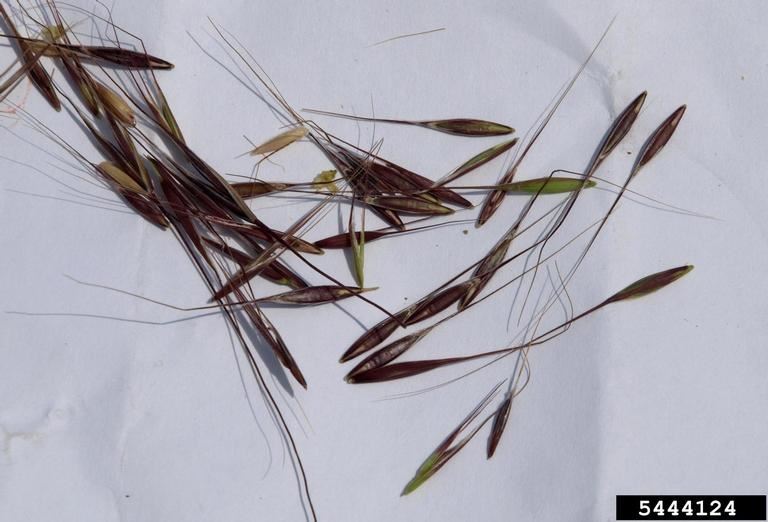
Cheatgrass: seeds
Resources
-
References
Colorado State University. (2012, May). Cheatgrass and wildfire [PDF file]. Retrieved from http://extension.colostate.edu/docs/pubs/natres/06310.pdf View PDF
Feldkamp, L. (2016, September 7). Attacking invasive cheatgrass at its root. Retrieved from https://blog.nature.org/science/2016/09/07/attacking-invasive-cheatgrass-root-soil-microbes-biocontrol-sage/
United States Department of Agriculture. (2014, September). Field guide for managing cheatgrass in the Southwest [PDF file]. Retrieved from https://www.fs.usda.gov/Internet/FSE_DOCUMENTS/stelprdb5410110.pdf View PDF
USDA Natural Resources Conservation Service. (2008, October 1). Cheatgrass [PDF file]. Retrieved from https://plants.usda.gov/plantguide/pdf/pg_brte.pdf View PDF
Utah State University Extension. (2017). Bottlebrush squirreltail. Retrieved from https://extension.usu.edu/rangeplants/grasses-and-grasslikes/bottlebrush-squirreltail
Zouhar, K. (2003). SPECIES: Bromus tectorum. Fire Effects Information System. Retrieved from https://www.fs.fed.us/database/feis/plants/graminoid/brotec/all.html




